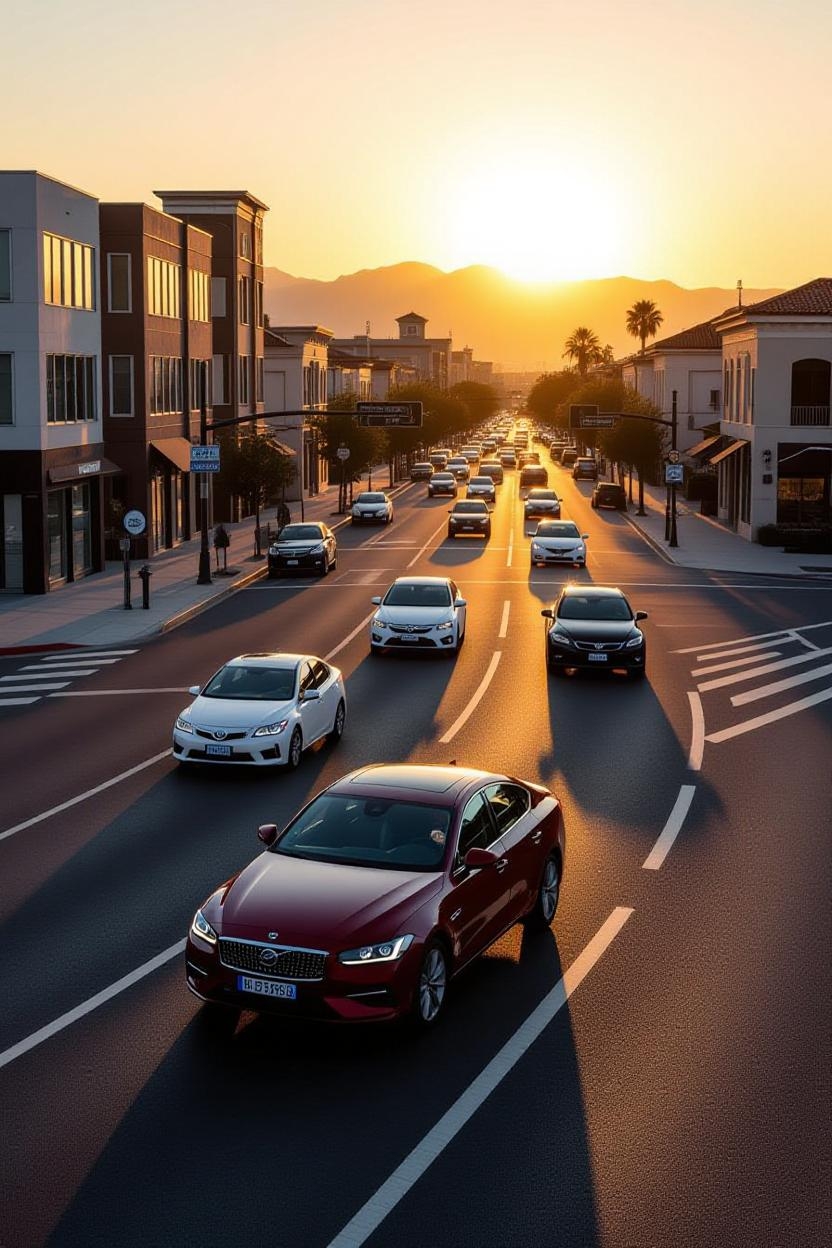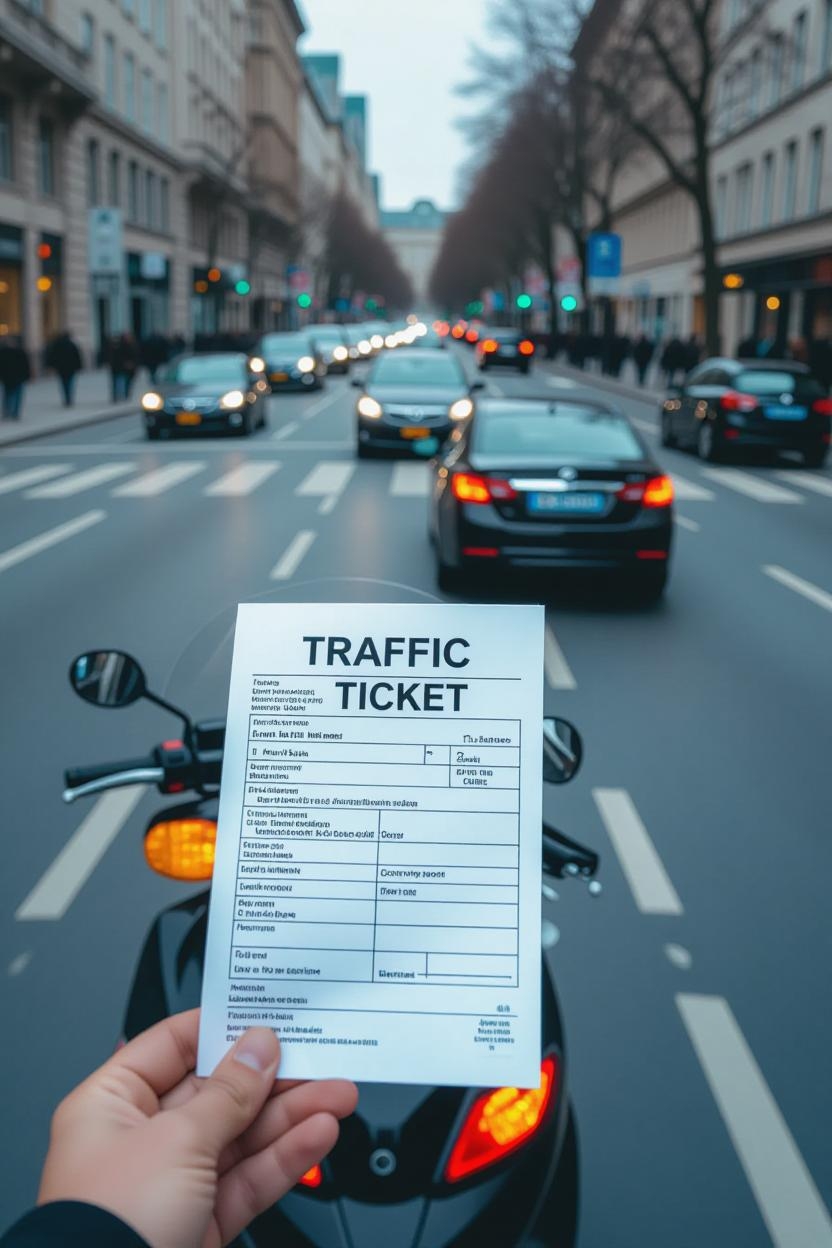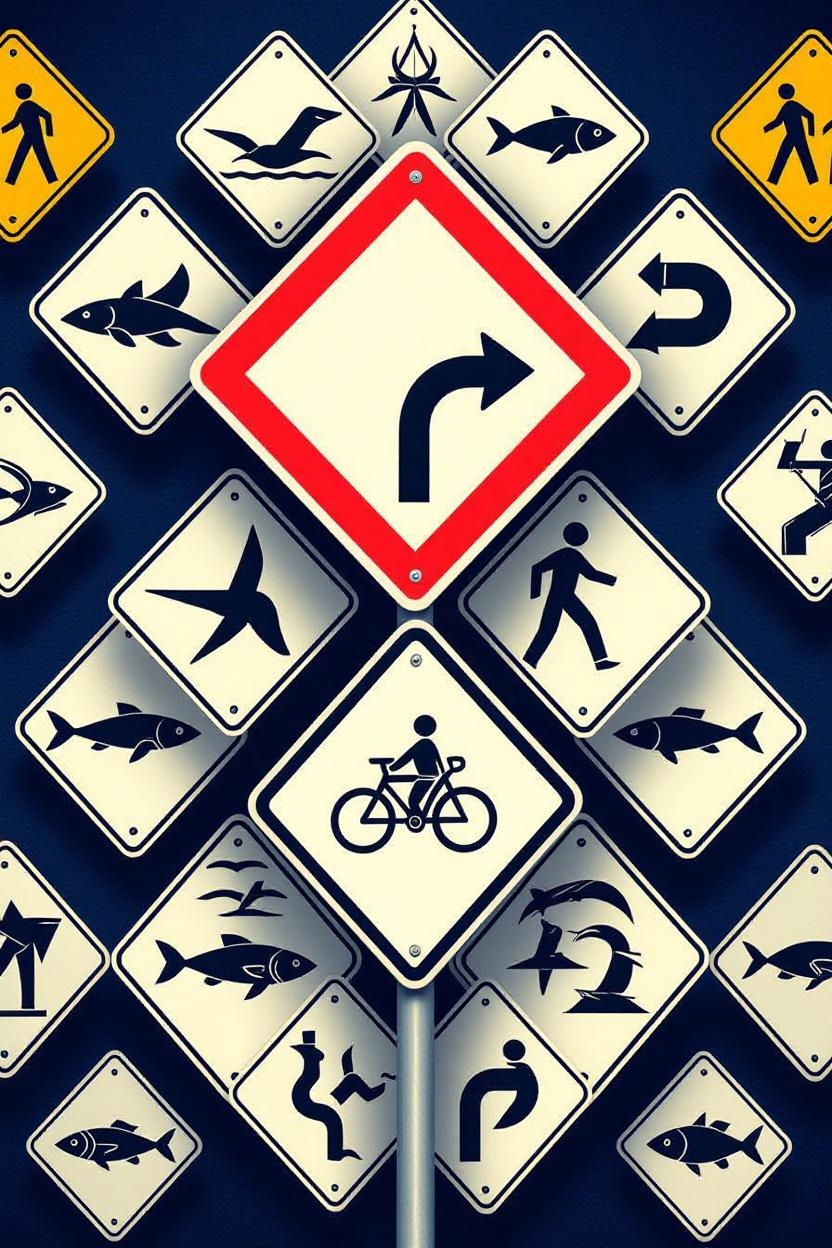How Far Are You Allowed To Reverse?
Let’s be honest — most drivers treat reversing like a loophole in the road. Missed a turn? Just back up. Need a quick fix? Reverse into it. But what if that casual maneuver is actually walking a legal tightrope? Unlike what you might read on most driving blogs, the question isn’t just “how far are you allowed to reverse” — it’s where, when, and why.
Reversing isn’t a free-for-all; it’s a controlled exception to forward motion. And while it might feel harmless when no one’s around, the law sees it differently.
Reversing a vehicle is a common part of driving, but it comes with specific rules and limitations to ensure safety for all road users.
While many drivers assume they can reverse as far as they like, most road laws state otherwise.
Understanding how far you’re legally allowed to reverse, and under what conditions, is crucial to avoid accidents, penalties, or traffic violations.
In this guide, we’ll strip away the fluff and look at what really governs how far you can reverse — not just what’s in the handbook, but the reasoning behind it and the real-world stakes.
How Far Are You Allowed To Reverse On Side Road Or Main Road?
You can reverse as far as needed for maneuvers like parking, exiting a driveway, or navigating around obstacles, provided it’s safe and doesn’t endanger others.

However, reversing for extended distances, especially on public roads, may violate local regulations or be deemed reckless if it disrupts traffic or visibility.
Some areas prohibit reversing across intersections or on highways. Prioritize clear visibility, use mirrors or cameras, and adhere to jurisdiction-specific rules, which vary widely and may not be fully covered in generic blog posts.
When May You Reverse A Vehicle?
Reversing is permitted when it’s safe, necessary, and compliant with local traffic laws. Below are common scenarios and conditions under which you may reverse:
1. Parking Maneuvers:
- You may reverse to back into or out of a parking space (e.g., parallel parking, perpendicular parking in a lot, or garage).
- Condition: Ensure the area is clear of pedestrians, vehicles, or obstacles, and use mirrors or a rearview camera for visibility.
2. Exiting a Driveway or Private Property:
- You may reverse from a driveway, garage, or private property onto a road to leave the area.
- Condition: Yield to oncoming traffic, pedestrians, or cyclists, and check for blind spots. In busy urban areas (e.g., Lagos or Accra), take extra care due to heavy foot and vehicle traffic.
3. Navigating Obstacles:
- You may reverse to avoid an obstruction, such as a roadblock, parked vehicle, or debris, when proceeding forward isn’t possible.
- Condition: Reverse only as far as needed and ensure the maneuver doesn’t endanger others or disrupt traffic flow.
4. Turning Around (e.g., Three-Point Turn):
- You may reverse as part of a multi-point turn to change direction on a narrow road.
- Condition: Choose a location with good visibility, avoid busy roads, and ensure no traffic is approaching from either direction.
5. Emergency Situations:
- You may reverse to move away from a hazard (e.g., an approaching vehicle, fallen object, or unsafe situation).
- Condition: Only reverse if it’s the safest option and you can do so without causing harm.
Key Conditions for Reversing
Regardless of the scenario, the following principles apply:
- Safety: Reversing must not endanger other road users, pedestrians, or property. Always check surroundings using mirrors, cameras, or a spotter.
- Visibility: Ensure you have a clear view of the path behind you. If visibility is limited (e.g., at night or in crowded areas), proceed with extra caution or avoid reversing.
- Necessity: Reverse only when necessary. Unjustified or prolonged reversing on public roads may be considered unsafe or illegal.
- Control: Maintain slow speed and full control of the vehicle to stop quickly if needed.
- Signaling: Use indicators, hazard lights, or a horn (where appropriate) to alert others of your intent to reverse.
Restrictions On Where You Are Not Allowed To Reverse?
You may not reverse in the following situations, as they are often prohibited by traffic laws or deemed unsafe:
- Across Intersections or Pedestrian Crossings: Reversing through a junction or crosswalk is typically illegal due to the risk to other road users.
- On Highways or Major Roads: Reversing on freeways, expressways, or busy arterial roads is usually prohibited unless directed by traffic officials or in an emergency.
- In Poor Visibility: Avoid reversing in fog, heavy rain, or at blind corners where you can’t see or be seen.
- Against Traffic Flow: Reversing against the direction of traffic on a one-way street or busy road is generally unsafe and may be illegal.
- For Long Distances: Reversing for extended distances on public roads (e.g., more than a few meters beyond what’s necessary) may violate local laws or attract penalties for reckless driving.
Practical Tips On How To Reverse
1. Perform a 360-Degree Check:
- Before reversing, check all around your vehicle (mirrors, windows, and over your shoulder) to spot pedestrians, vehicles, or obstacles.
- In busy areas like markets or city centers (e.g., Lagos or Accra), watch for hawkers, cyclists, or children who may appear suddenly.
2. Use Mirrors and Cameras Effectively:
- Adjust side and rearview mirrors to minimize blind spots. If your vehicle has a rearview camera or parking sensors, rely on them but don’t solely depend on tech.
- In low-light conditions (common in areas with inconsistent street lighting), ensure mirrors are clean and use headlights to improve visibility.
3. Reverse Slowly and Maintain Control:
- Move at a slow, steady pace to react quickly to hazards. Keep your foot lightly on the brake or clutch to stop instantly if needed.
- On uneven roads (e.g., potholed rural routes), go extra slow to avoid losing traction.
4. Signal Your Intent:
- Use hazard lights or reverse lights (automatic in most vehicles) to alert others. In crowded areas, a brief honk can warn pedestrians, but avoid excessive noise.
- If reversing out of a driveway onto a busy road, use indicators to show your direction after reversing.
5. Get a Spotter if Needed:
- In tight spaces (e.g., narrow streets or packed parking lots), ask a passenger, bystander, or conductor to guide you, especially in bustling areas like markets or bus terminals.
- Agree on clear hand signals (e.g., raised hand to stop) to avoid confusion.
6. Avoid Reversing in High-Risk Areas:
- Don’t reverse near intersections, pedestrian crossings, or busy roads unless absolutely necessary. In urban WAT settings, heavy traffic and okada (motorcycles) make these areas risky.
- Check for “No Reversing” signs or local restrictions, as some cities enforce these in congested zones.
7. Account for Road Conditions:
- On unpaved or wet roads (common during rainy seasons in West Africa), reverse cautiously to avoid skidding or getting stuck.
- Be mindful of pedestrians or livestock on rural roads, who may not expect vehicles reversing.
8. Practice in Your Vehicle:
- Familiarize yourself with your vehicle’s turning radius and blind spots. Larger vehicles (e.g., buses or trucks) require more space and caution.
- If driving a manual vehicle (common in WAT regions), practice smooth clutch control to prevent stalling.
9. Stay Calm in Busy Environments:
- In chaotic traffic (e.g., go-slows in Lagos or Accra), stay patient and avoid rushing. If other drivers honk or pressure you, focus on safety over speed.
- If visibility is poor (e.g., dust, fog, or night), consider waiting until conditions improve or get assistance.
10. Know Local Norms and Rules:
- In some countries, unwritten road etiquette (e.g., yielding to larger vehicles) may influence reversing. Be observant of local driving culture.
- Check local traffic laws (e.g., Nigeria’s FRSC Highway Code or Ghana’s Road Traffic Act) for specific reversing guidelines to avoid fines.
Summary On How Far Are You Allowed To Reverse A Vehicle
Reversing accidents are common in dense urban areas or poorly lit rural roads, where visibility and space are limited.

Know that Reversing is a helpful driving skill, but it’s not a license to bend the rules of the road. You’re only allowed to reverse a short, safe distance — just enough to complete a necessary manoeuvre — and only when it’s safe to do so.
The key is caution, awareness, and intent: reversing should never put others at risk or serve as a shortcut when things go wrong.
In short, reverse with purpose, not convenience — and always prioritize safety over speed.
By following these tips, you reduce the risk of collisions, pedestrian injuries, or penalties from traffic authorities.


